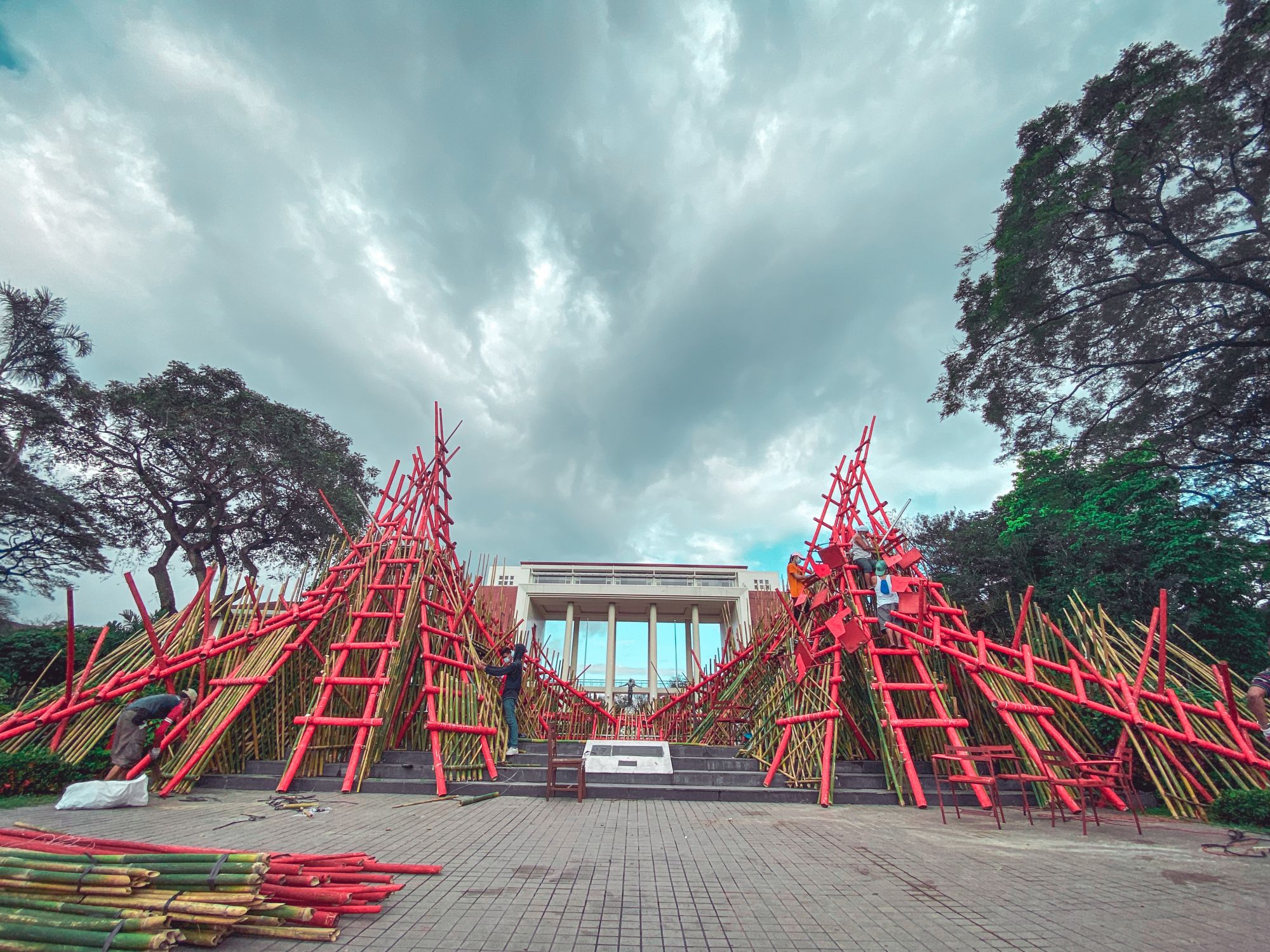The Philippines' leading state university commemorates the golden anniversary of the Diliman Commune, the historical barricades in UP Diliman circa 1971, that was a symbol of resistance against political dictatorship and has made the university free from abusive military and police force
For 9 days in February 1971, faculty, staff, students, and local jeepney drivers at the University of the Philippines Diliman bravely fought for the safety of the campus against the violent police and military force. On the university's student-led publication, the Philippine Collegian, the headline "Raise high the barricades!" screams for urgency. The historic barricades that inspired the 1989 agreement between the state university and the Department of National Defense, barring the unauthorised presence of police and military on any campuses of the university.
It is indeed an interesting coincidence that this milestone year coincides with the commemoration of the 500th anniversary of Lapulapu's triumph at the historic Battle of Mactan, which the whole country has been observing since the countdown began last year. With these glorious victories in our history, the state university has found it fitting to recognise these events as pools for discourse in a uniquely virtual celebration of its annual arts and cultural festival every February.

"The festival's activities are a call to each and every one of us to reflect on the ideas, concepts, and cultural and material exchanges that were born out of these critical junctures of world history..." UP Diliman's Office for Initiatives in Culture and the Arts (OICA) said in a statement. "We shall continue casting a critical eye on social and historical issues, and sustaining the lively and thriving intellectual discourse between and among researchers, the academe, and the public".


